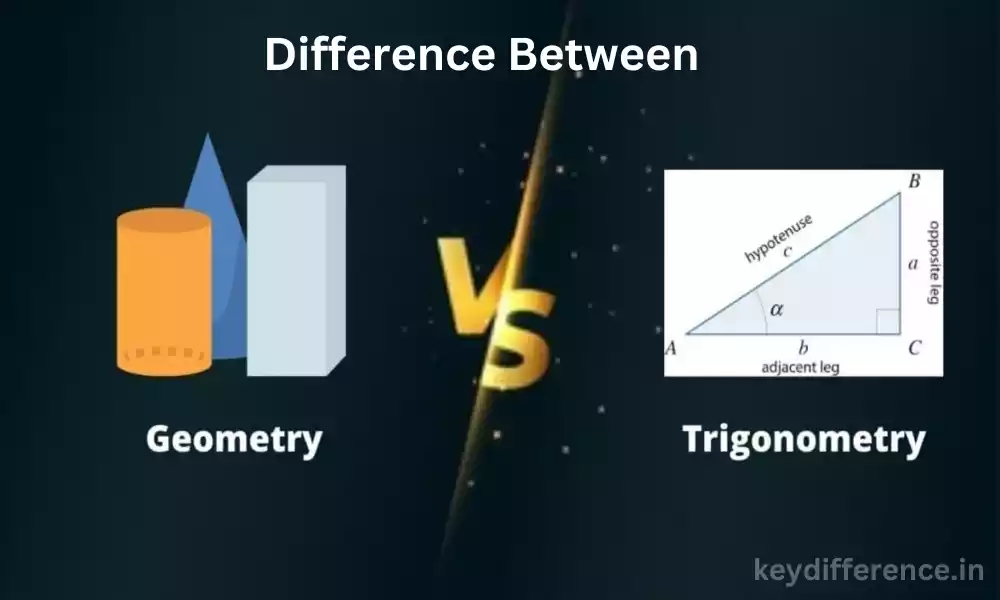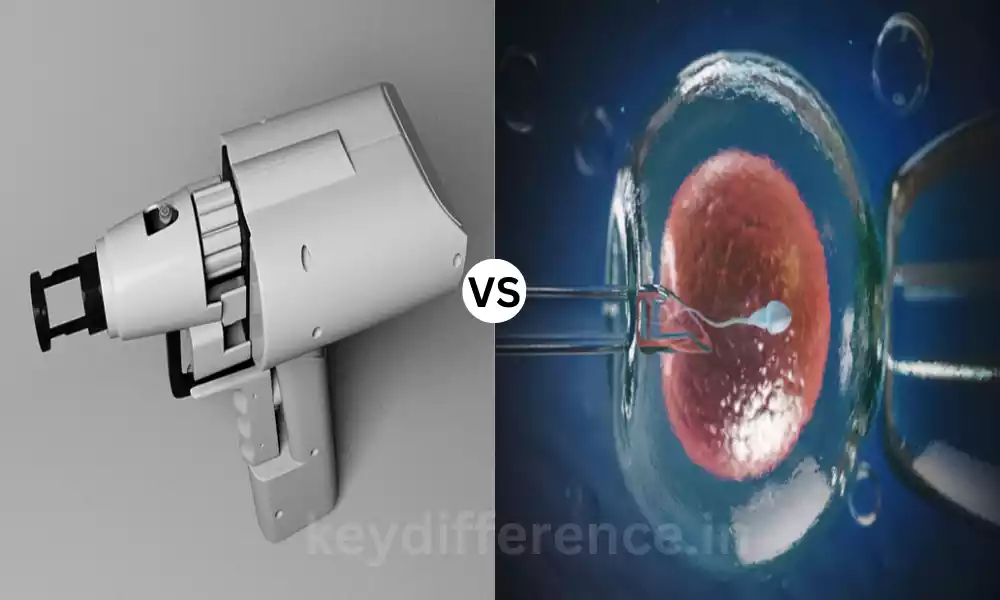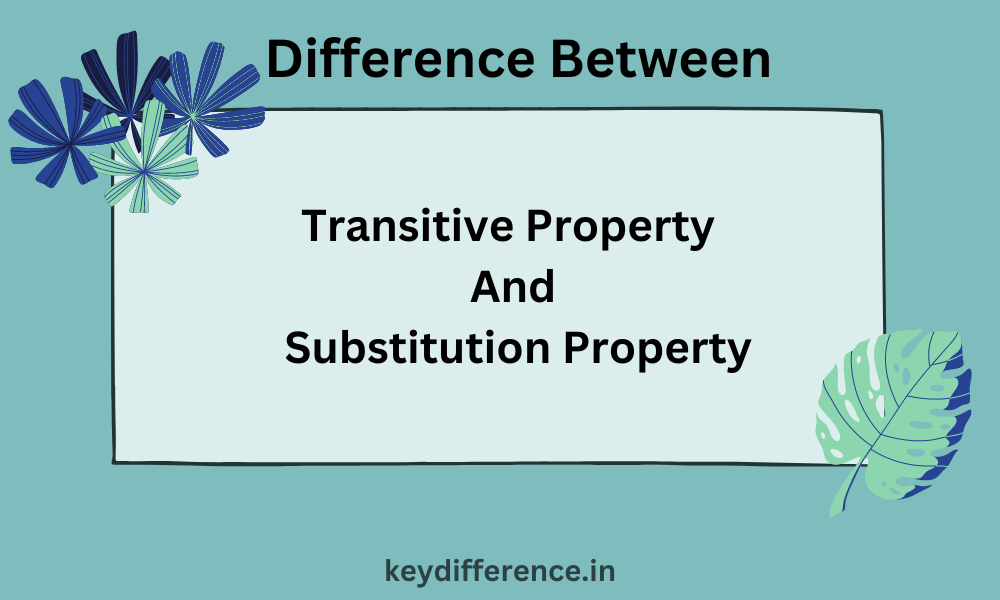What is Geometry and Trigonometry?
Geometry:
Geometry is a field of mathematics that focuses on the study of size, shape, and the relative position of figures, and the nature of spaces. It is the investigation of lines, points angles, surfaces, curves, and solids, as well as the relations between these.
Geometry can be used in many fields of engineering and science which include engineering, physics, astronomy Computer graphics, and many more. Beyond its practical applications, it is extensively studied for its inherent beauty and sophistication it has also been topic of fascination for thousands of years.
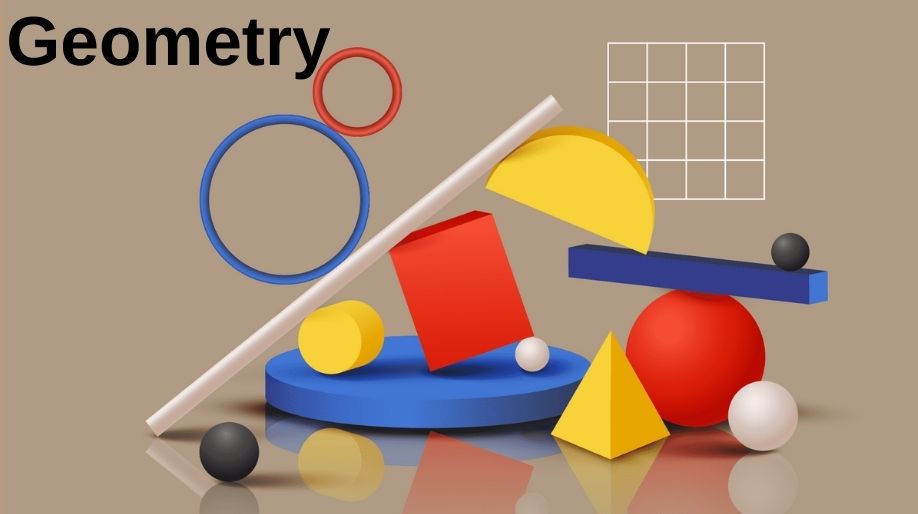
Trigonometry:
Trigonometry is a field of Mathematics that focuses on the study of Relationships Between angles and sides of Triangles. It involves studying Trigonometric Functions like sine, cosine, and Tangent, which connect the ratios between angles of the sides in a right-angled triangle with its angles.
Trigonometry can be used in numerous disciplines of engineering and science such as engineering, physics and navigation, and many more. Apart from its practical application the field of trigonometry is also investigated to understand its place within pure mathematics such as studying calculus as well as complex analysis. It is frequently used together with geometry because the two fields are closely connected.
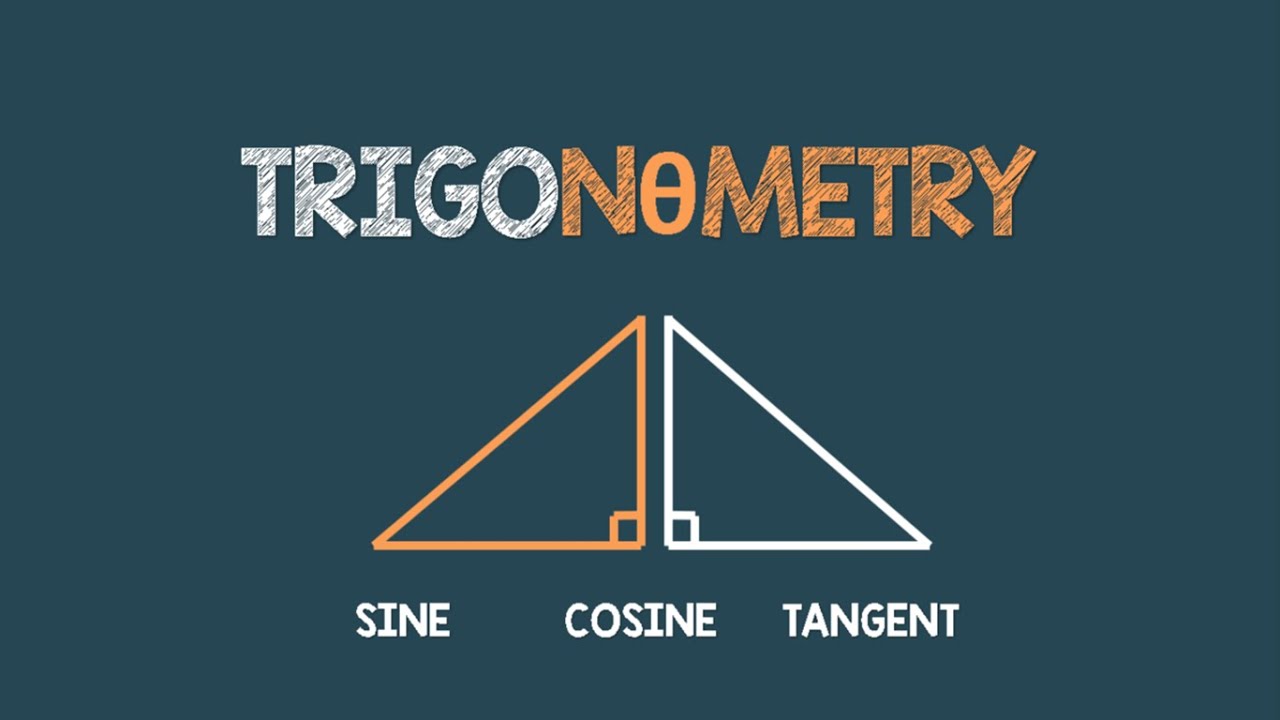
Comparative Table of Geometry and Trigonometry
Here’s a table to compare trigonometry and geometry:
| Criteria | Geometry | Trigonometry |
| Definition | The study of size, shape, and space, which includes lines, points angles, curves as well as solids, surfaces and shapes | A study into the relationship between angles and sides of triangles. This includes using trigonometric calculations like sine cosine, tangent |
| Scope | Examines the characteristics of figures and shapes in three- and two-dimensional space. | Discusses the relation between angles and sides of triangles, as well as their application in real-world scenarios |
| Tools | Compass, protractor, ruler, graph paper, calculator | Trigonometric table, calculator protractor |
| Formulas | Pythagorean theorem Area and perimeter formulas for a variety of shapes | Trigonometric functions, sine laws and cosines |
| Problem Solution | It involves solving problems relating to the shape, size and orientation of figures within space. | Solving problems relating to triangles. This includes locating angles and missing sides |
| Applications | Engineering, architecture art, physics, Astronomy, and much many more | Navigation and surveying, physics engineering, and much more |
| Key Figures | Euclid, Pythagoras, Archimedes | Hipparchus, Ptolemy, Al-Khwarizmi |
While Geometry is Concerned with the Characteristics of Figures and shapes in three- and two-Dimensional space, Trigonometry concentrates on the Connections between angles and Sides of Triangles, which includes using Trigonometric Terms like sine cosine, Tangent, and sine.
Both fields employ different formulas and tools to solve problems. Both fields provide a range of applications in fields like engineering, Physics, and Astronomy. The most important figures in geometry are Euclid, Pythagoras, and Archimedes and the most important trigonometric figures include Hipparchus, Ptolemy, and Al-Khwarizmi.
The importance of studying geometry and trigonometry
and geometry education is critical due to multiple reasons. For instance:
Applications in Real-World Situations Geometry and trigonometry play an invaluable role in engineering, architecture, physics, navigation and surveying – it plays an indispensable role for professionals working within these industries to complete their jobs efficiently and effectively. Knowing these topics is therefore critical.
Logical Reasoning: Attending classes in trigonometry and geometry can help develop your logical thinking abilities. Constructing proofs and solving complex problems demands careful and logical thought that can then be utilized across other subjects as well as everyday life.
Geometry and trigonometry offer effective tools for solving difficult problems by taking multiple approaches simultaneously; using geometry or trigonometry may even develop critical thinking and problem-solving abilities that benefit all aspects of life.
Brain Development: Studying trigonometry and geometry could aid the brain’s growth by helping develop cognitive abilities. According to studies, studying mathematics improves memory retention, attention span and overall cognition – all essential qualities necessary for life success in various aspects of our lives.
Cultural Heritage: Trigonometry and geometry have long been part of human knowledge since their roots were laid bare during ancient civilizations such as Egypt or Greece, giving an understanding into our own knowledge development as well as an appreciation of math as art form. By studying trigonometry or geometry we gain an insight into its history while appreciating its beauty.
Similarities Between Geometry and Trigonometry
Trigonometry and Geometry share many similarities, such as:
Use of Mathematical Formulae Both trigonometry and geometry use mathematical formulae to address issues; geometry uses them for calculating perimeter and area; trigonometry employs them in finding lengths of angles or measurements of triangle angles.
Visual Representations of the World Both disciplines use visual representations of reality to solve and comprehend issues, using drawings or diagrams as needed in geometry to show figures or shapes while charts or graphs may be employed by trigonometry to represent calculations made within its domain.
Mathematical reasoning: Trigonometry and geometry both require mathematical reasoning in order to address issues. Analytical, logical thinking and deduction techniques must all be utilized when producing proofs or solving complex issues.
Applications in Real Life Geometry and trigonometry have many practical uses in engineering, architecture and physical science fields; both fields rely heavily upon these mathematical practices for both problem-solving and prediction purposes in real life situations.
Interconnectedness: Trigonometry and geometry are inextricably intertwined fields with many concepts within each area reliant upon those from another. Trigonometry may be employed extensively within geometry to address issues related to angles as well as lengths of sides while geometric concepts are frequently employed in trigonometry for understanding relationships between sides and angles.
Summary
Geometry is the study of size, shape, and space – including lines, points, angles and curves – including surfaces and solids. Trigonometry, however, is an area of mathematics devoted to investigating relationships between angles and sides of triangles.
Both branches of mathematics play an integral part of many engineering fields as well as in areas like astronomy, physics and engineering. Geometry and trigonometry use mathematical formulae, visual depictions of mathematics, interconnecting relationships among things mathematical, as well as developing logic skills for problem-solving abilities, cognitive development and appreciating rich cultural heritages.Study of geometry and trigonometry may assist students in building these abilities while appreciating our rich heritages.

